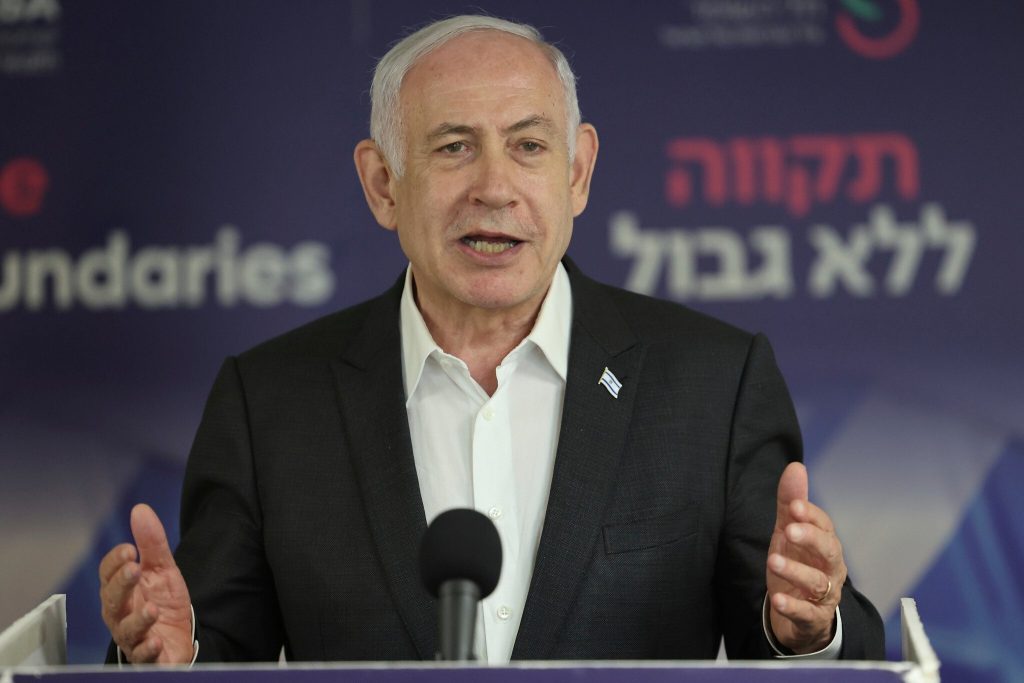Africa
Thirsty planet: can we find a solution before it’s too late?
World water day 2025

As the world marks World Water Day 2025 today, March 22, the urgent need for sustainable water management takes center stage once again.
This year’s theme, “Glacier Preservation,” sheds light on the alarming rate at which Earth’s glaciers are melting due to climate change.
With glaciers holding nearly 70% of the world’s freshwater, their rapid depletion poses a dire threat to billions of people.
These are the people who rely on them for drinking water, irrigation, and hydropower.
Why World Water Day Matters
Since its inception in 1993, World Water Day has remained a United Nations initiative aimed at addressing global water challenges.
Meanwhile, with 2.2 billion people lacking access to safe drinking water, the crisis is worsening due to population growth, pollution, and environmental degradation.
This year’s focus on glaciers highlights their role as natural reservoirs, providing essential meltwater for rivers, lakes, and aquifers worldwide.
The Glacier Crisis: A Ticking Time Bomb
Glaciers are often referred to as the “water towers” of the world, storing vast amounts of frozen freshwater.
However, climate change is accelerating their meltdown at an unprecedented rate.
The World Meteorological Organization (WMO) reports that in 2023 alone, glaciers lost over 600 gigatons of ice—the most significant mass loss in over 50 years.
The implications of this are severe:
- Short-Term Impact: Excessive melting leads to floods, landslides, and unpredictable river flows, putting millions of people at risk.
- Long-Term Consequences: As glaciers shrink, water shortages intensify, causing droughts, food insecurity, and hydropower failures in regions like South Asia, South America, and parts of Europe.
- Rising Sea Levels: The meltwater contributes to global sea level rise, threatening coastal cities and small island nations.
The situation is particularly critical in regions like the Hindu Kush Himalayas.
Here, nearly 2 billion people depend on glacial meltwater for agriculture, electricity, and drinking water.
What Can Be Done?
The 2025 theme, “Glacier Preservation,” is a clarion call for action.
Here’s how individuals, communities, and governments can help:
1. Combat Climate Change
- Reduce carbon emissions by transitioning to renewable energy sources like solar and wind.
- Support afforestation and sustainable land-use practices to mitigate climate impact.
2. Improve Water Management
- Implement efficient irrigation systems and water recycling to reduce waste.
- Invest in reservoirs and infrastructure to store excess meltwater for future use.
3. Community and Individual Action
- Conserve water at home by fixing leaks, using water-efficient appliances, and reducing unnecessary consumption.
- Promote rainwater harvesting to reduce dependency on freshwater sources.
4. Strengthen Global Cooperation
- Countries must collaborate on water-sharing agreements and climate adaptation strategies.
- More funding is needed for scientific research on glacier preservation and sustainable water use.
World Water Day 2025 is not just another awareness campaign—it’s a wake-up call.
It is for the world to take urgent action before glaciers vanish, leaving millions in peril.
The UN has declared 2025 the International Year of Glacier Preservation, further emphasizing the need for collective efforts.
From local cleanups to policy reforms, every action counts.
As glaciers melt, the world faces a stark choice: act now or risk a water crisis of unprecedented scale.
The time to protect Earth’s most vital freshwater reserves is now—before it’s too late.
For Diaspora Digital Media Updates click on Whatsapp, or Telegram. For eyewitness accounts/ reports/ articles, write to: citizenreports@diasporadigitalmedia.com. Follow us on X (Fomerly Twitter) or Facebook











